MGT502 Business Communication: Impact of Digital Solutions
VerifiedAdded on 2022/09/26
|5
|895
|22
Essay
AI Summary
This essay examines the critical role of digital communication solutions in modern workplaces, emphasizing their impact on productivity, employee satisfaction, and organizational identification. It highlights how digital tools bridge the gap between staff and the larger organization, fostering stronger employee-organization relationships. The analysis draws on studies that demonstrate the positive effects of social media, like Facebook, on departmental and organizational identification by blurring the lines between personal and professional life. The essay also addresses the psychological well-being aspects of digital communication, noting that its impact depends on individual goals, relationship closeness, and communication exchange quality. Ultimately, the essay concludes that embracing digital communication is essential for organizations aiming to enhance employee satisfaction, improve productivity, and achieve overall success. Desklib provides access to similar essays and study resources for students.
1 out of 5
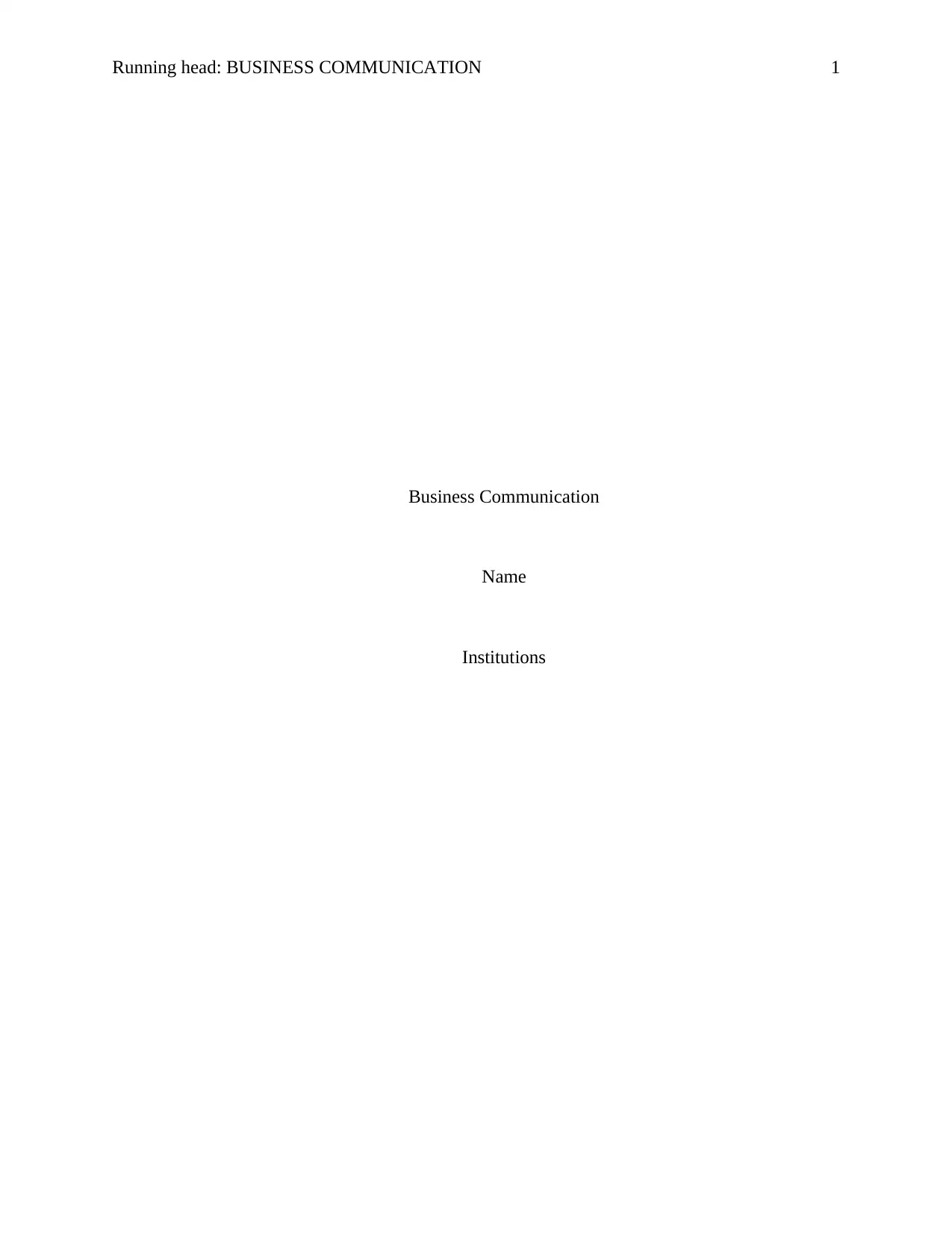
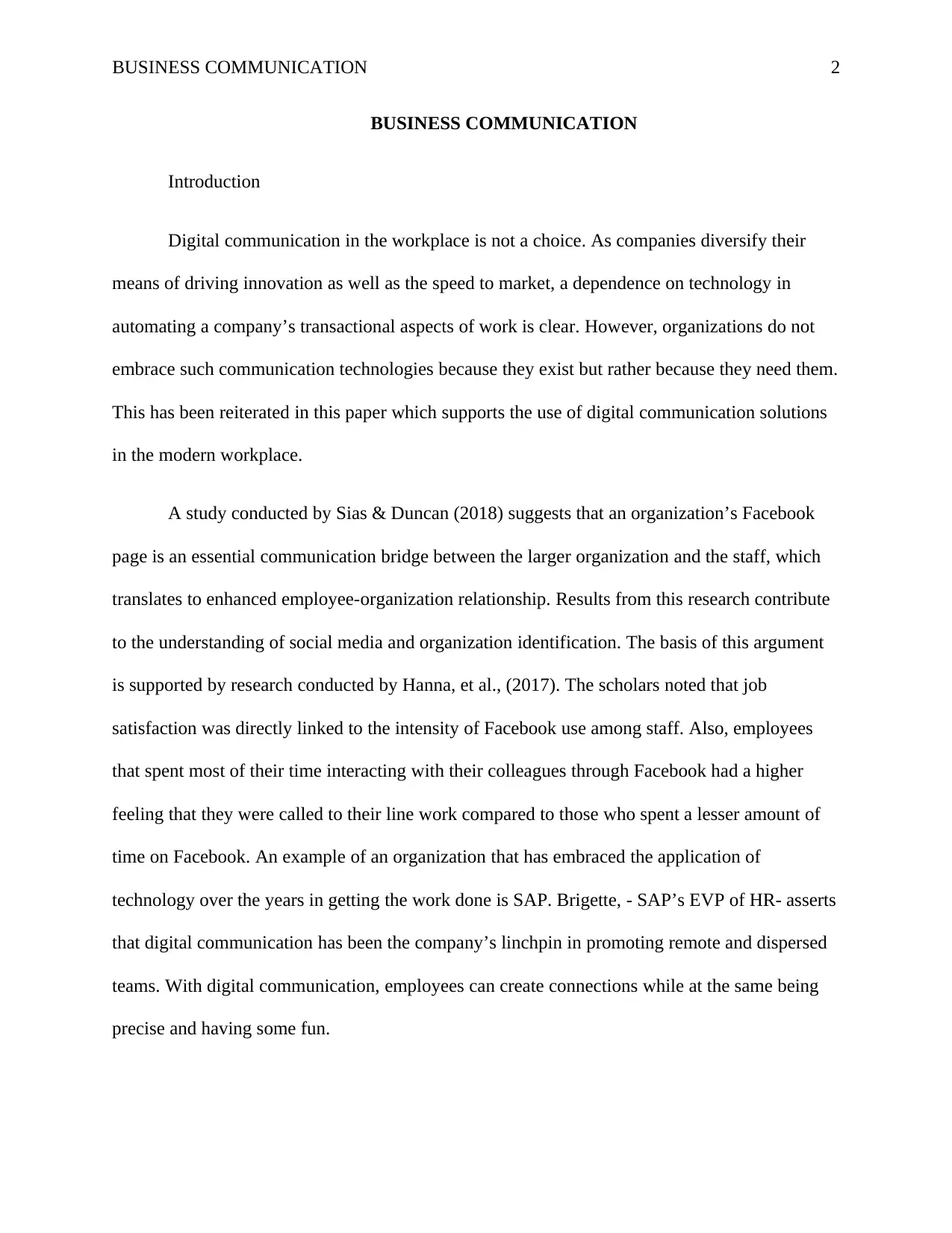
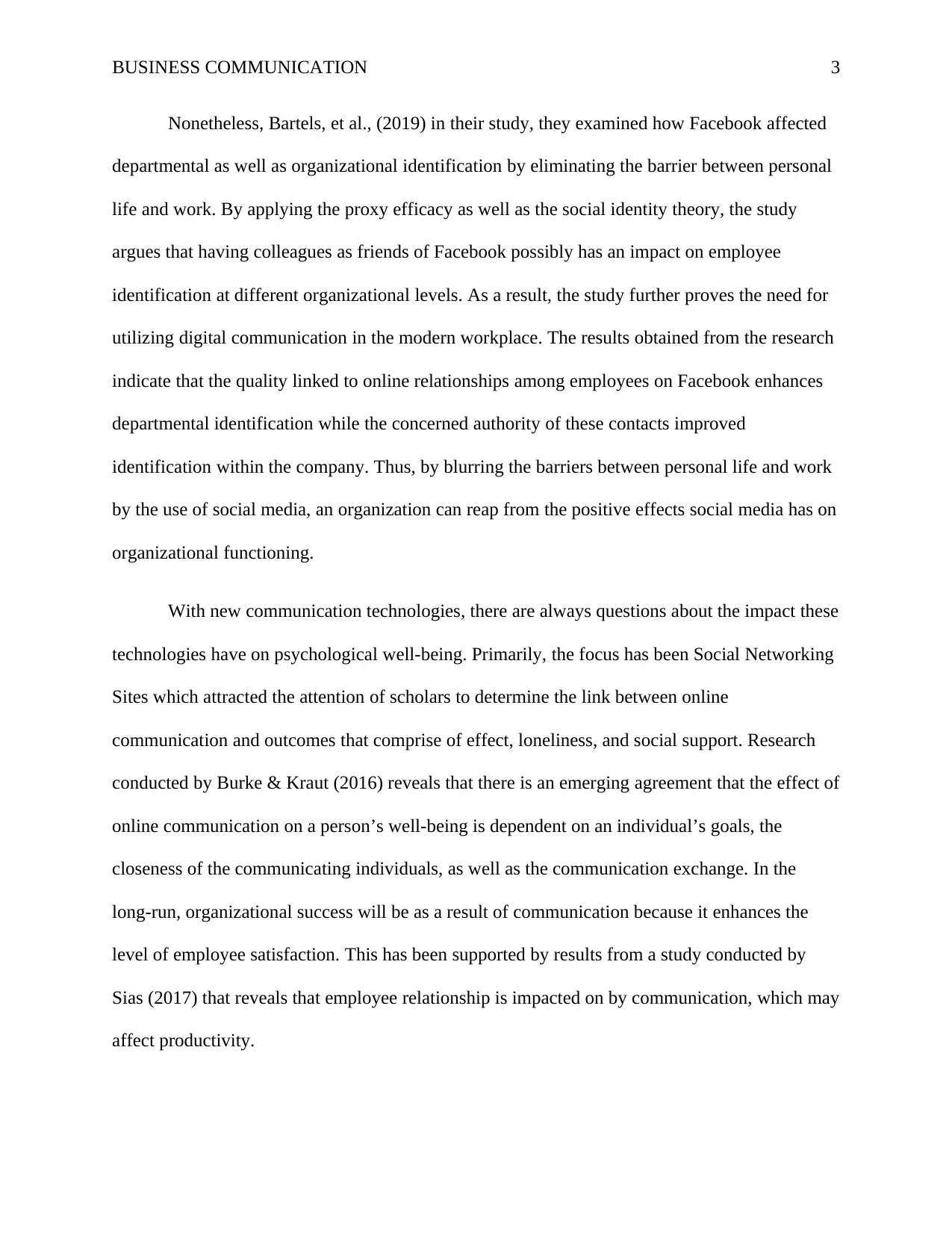

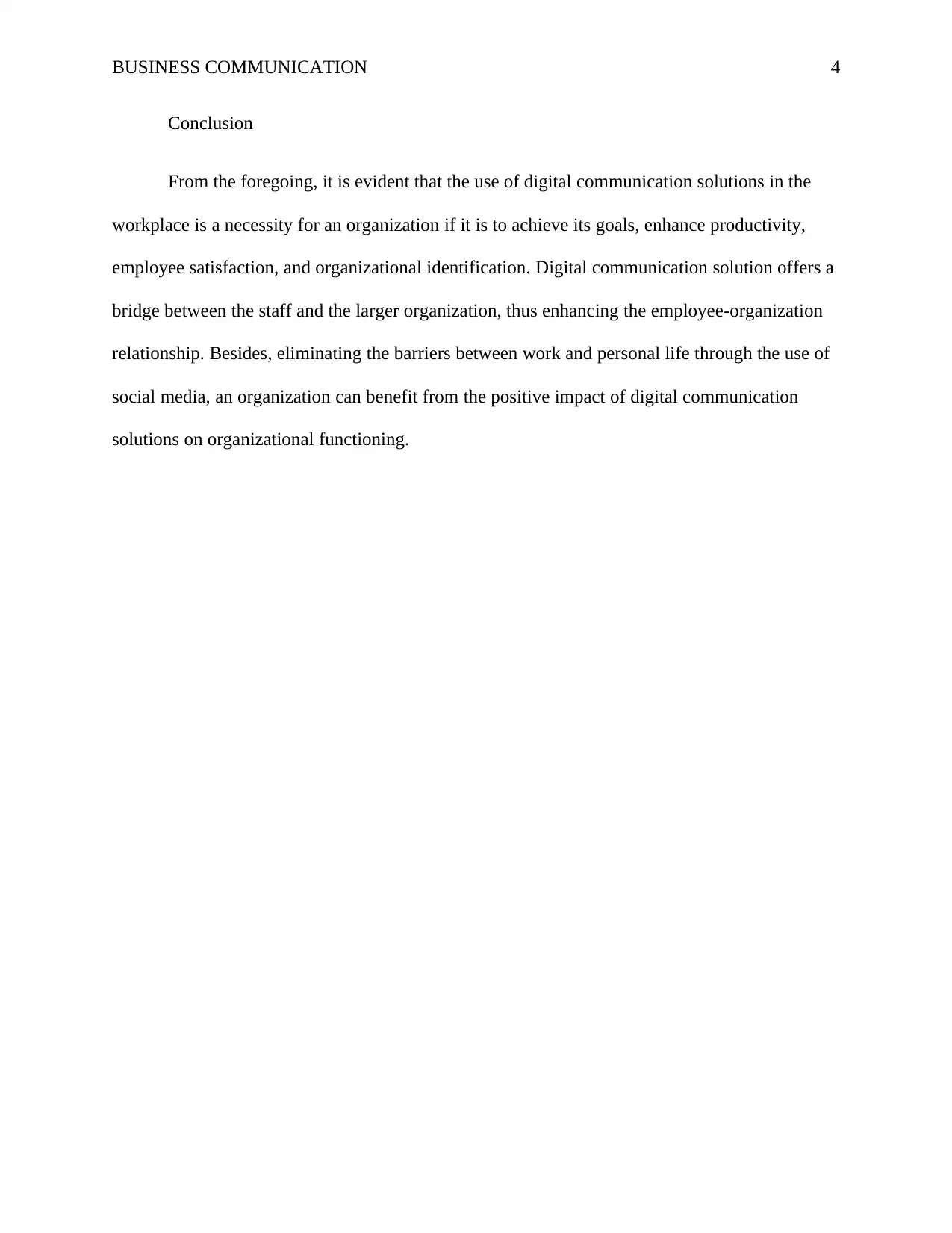
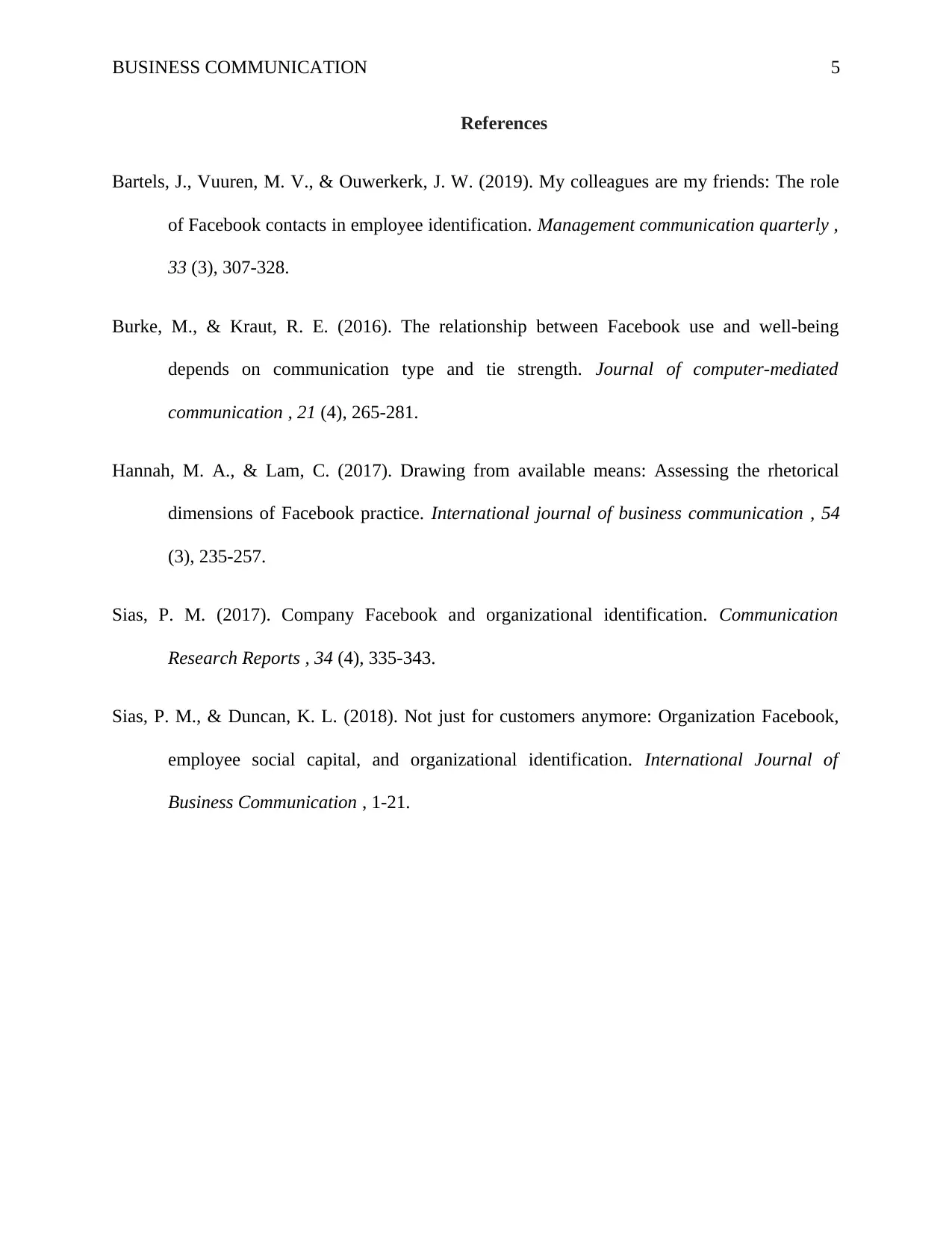






![[object Object]](/_next/static/media/star-bottom.7253800d.svg)